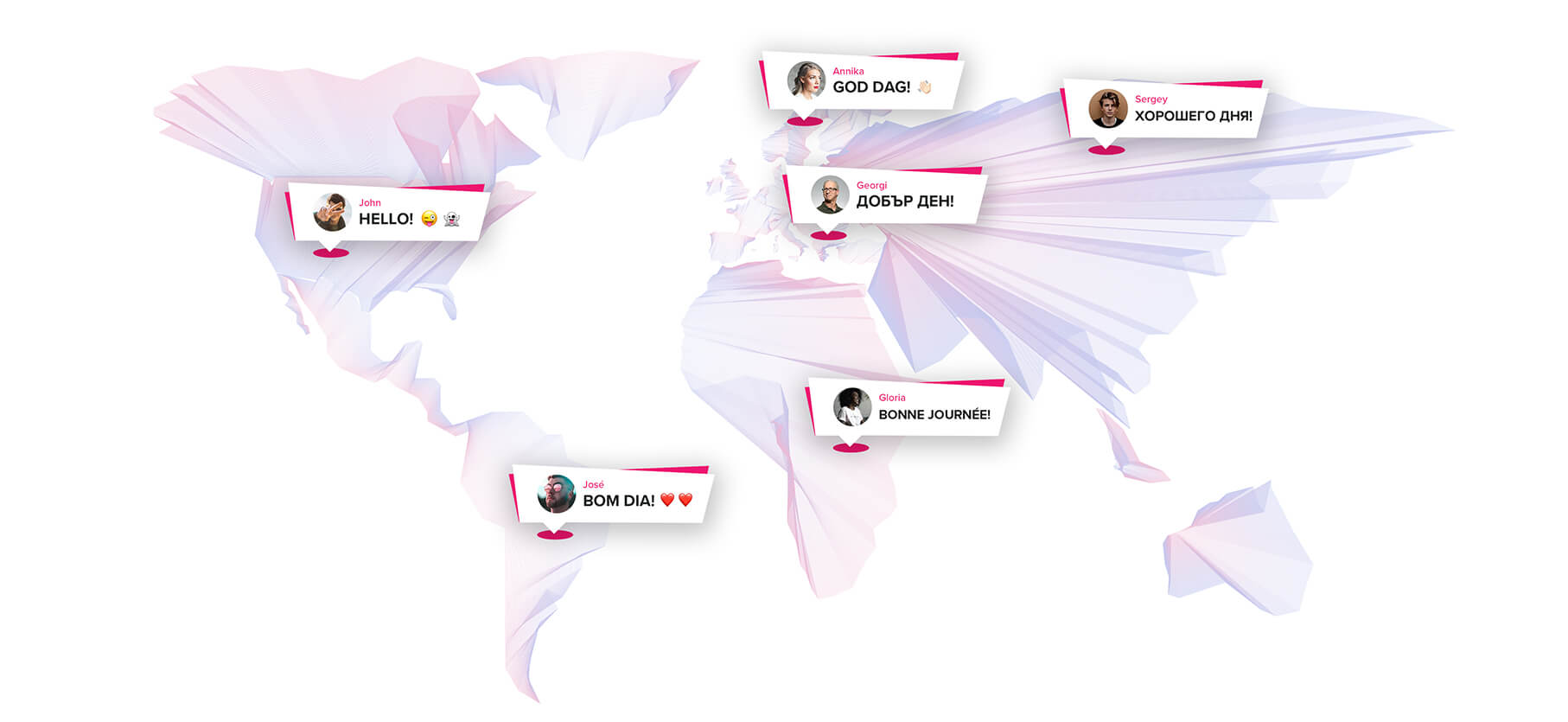Copy Transcreation: How to Start
One of the most important responsibilities of product management is to protect a brand’s image. Therefore, hiring translation and transcreation suppliers takes a thorough investigation.
Go to the article
Multilingual marketing is vital in reaching new audiences, helping to increase sales and bolster growth. An exponential number of users can be reached in communicating to new markets (and in new languages) in comparison to only marketing to a brand’s home country.
Digital marketing allows brands to create business globally without needing to have staff on the ground. Brands may choose to open hubs, warehouses or local offices in top-performing markets, but unless local services are needed, physical location may not be the primary priority. Global marketing strategies can be cost-effective and of course, there will be an initial investment when adapting global strategies, but the cost benefits will immediately outweigh what it takes to grow a healthy market share.
For example, if a brick and mortar business planned to expand their market, their option would be to open new shops or offices in new territories. New premises, new staff and additional overhead can be costly. When expanding digitally, brands can enter new territories much more cost-effectively, using the same approaches with slightly different strategies.
If a brand’s home market is in Finland, hypothetically, their digital reach is around 5M users. When localising products and marketing in German, the brand’s reach can potentially grow to over 90M users digitally. Naturally, the size of the audience corresponds with the number of people who speak the target language.
”Multilingual marketing allows for centralised management, while local staff acts as support in the various countries in terms of localising brand communication”
Assets that have already been created can be reused in multilingual marketing. Localising existing materials will save time and money because new content and strategies are not necessary for the same campaigns. Besides, all content does not need to be localised – only content that will resonate best in local markets and for new target groups.
For brands with locations around the world, multilingual marketing offers better management and transparency. Multilingual marketing allows for centralised management, while local staff acts as support in the various countries in terms of localising brand communication. This helps the brand’s communications and campaigns to be effective and consistent throughout each local market.
Internet World Stats states that English is the most effective language, especially when aiming to reach the widest audience. However, the English-speaking audience does have drastic differences when it comes to location and culture, e.g. US versus Canada, UK, Australia and New Zealand.
English is a safe option because the audience is so vast. Also, the odds are that there is at least one staff member, even in the local markets, who can communicate in English. However, it is often the case that a language other than English is the master. In this case, while new markets can be reached in English, the local language is more useful because audiences prefer to receive communications in their native tongue, according to their culture, habits and shopping behaviours.
Find out how your brand can benefit from letting your creative agency develop only core ideas and moving the creative production to a specialist production house.
Download your free guide